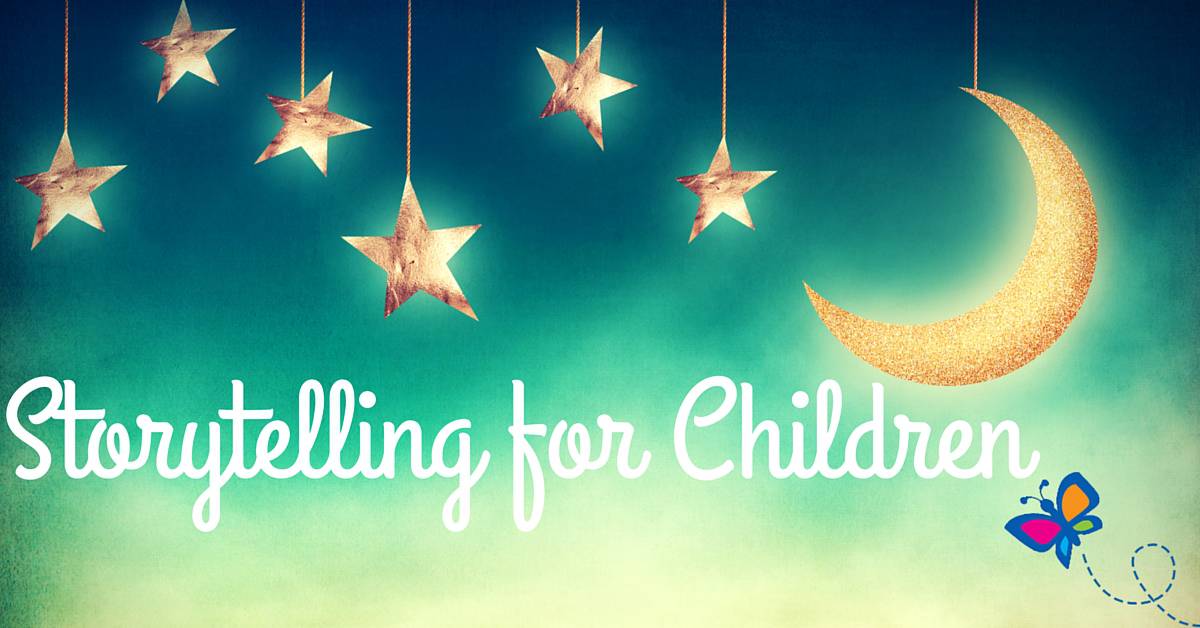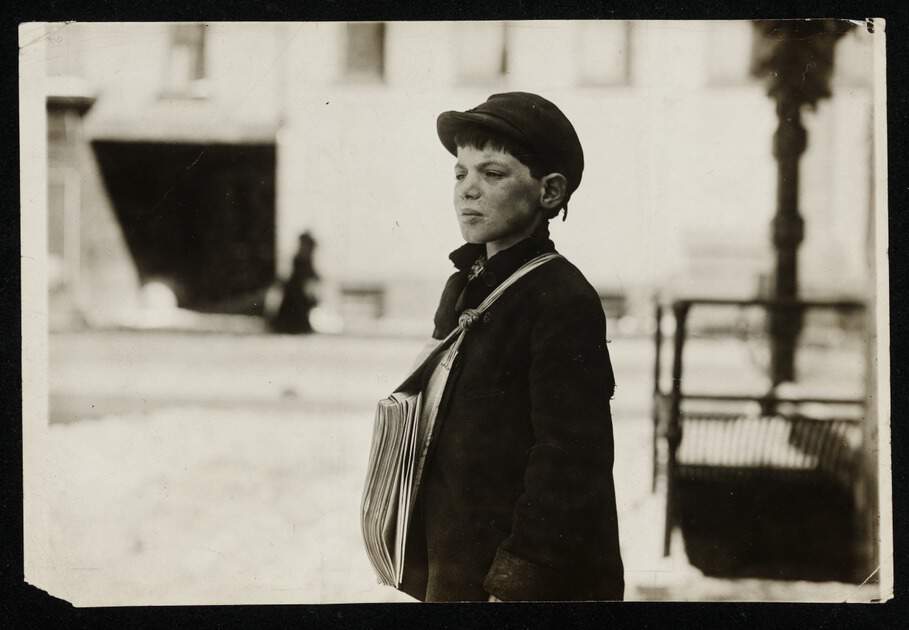
From babyhood to the early teens, children love to hear a good story. Without the use of books, telling stories takes on a different dimension. It offers a new way of looking at stories and is reminiscent of the old radio days when families gathered around and listened together. So whether you read a story from a book or tell a story from memory, here are some tips on how to make storytelling time truly beneficial for your kids.
How, exactly, does storytelling benefit children? Here are some possible ways in which this ancient medium has a positive impact.
Language Skills
As young children listen to a storyteller, they’re hearing inflections in speech and words presented in a compelling and fascinating way. Older children can expand their vocabulary and learn skills that may serve them well if they decide to act in plays later.
Storytelling also presents certain literary devices in a demonstrative and memorable way. Children will see and hear the building of plot, characterization, climax, conflict, conclusion, etc. Perhaps rhyme or poetic prose will be used to tell the story, allowing children to hear the way the language sounds and how that can add to the story.
Memory
Without books or illustrations, children have to remember key points of the plot and character names. This is an excellent exercise in memorization skills and it also may help guide children when they wish to write a story of their own.
New Worlds
Storytelling opens children’s minds to other cultures and life philosophies; it develops the inner world of imagination and creative thinking. Children tap into their imaginative minds and provide their own imagery. Storytelling is also a way to bring history alive and inspire further exploration of historical events.
So What Should You Tell Stories About?
If you want to engage in storytelling for children, come up with your own story or re-tell an old one that you heard growing up. Your own children might love to hear stories about their babyhood or even about what it was like to be pregnant with them. Research your family background and find an interesting ancestor who lived an interesting life or experienced an unusual event. They will discover much about themselves this way, too.
If you’re telling stories to a group of kids who aren’t all your own, stories about life in the past, in other cultures, or animals make good stories. Telling things from a unique point of view will get children to think about what life is like for others, which is a good precursor for developing empathy.
Storytelling connects. It connects children with history, families, and each other.
How to Get Started
Storytelling is an ancient form of communication. For millennia, people have passed on traditions, legends, and historic events through the telling of stories. True storytelling does not make use of books; like the ancients, it is intended to convey an idea simply through the spoken word.
Many are interested in exploring the art of storytelling but aren’t sure where to begin. If this interests you, here are some ideas on getting started.
1. Research the stories you love or have heard, such as folktales. Many of these stories were told and re-told many times before being written down and people still enjoy them today. Why? Look into what ties these stories together across generations. What makes them compelling? Why do children still enjoy these ancient stories? As you seek answers for these things, you can weave these universal elements into your storytelling.
2. Consider family stories. Talk to your relatives and, if you have the means, do some genealogical research. Nearly everyone has at least one interesting character or story in their past. As you find these fascinating personalities, you can create stories about them or tell their true stories.
You might have family stories that have been passed down, too, that you might not have considered for storytelling fodder. Did your grandmother used to make remarks about certain incidents? Maybe your dad likes to joke with your uncle about something funny that happened to them when they were kids? Keep your ears open!
3. Look to your own past. You can invent a character for your storytelling and use incidents and insights from your own past to create adventures for your characters. Or you can tell the story in the first person point of view (using “I”). Think about the lessons you’ve learned or funny, interesting things that have happened to you over the years. Turn these events into compelling stories.
4. Attend storytelling programs. This may be the most important thing you do as you embark on your own storytelling ventures. Local fairs and festivals may feature storytellers, or programs might be held at your local theater, library, or bookstore. Find out when storytelling is occurring in your community and make a point to attend. If possible, get to know the storytellers and make connections; then you can get some tips to become s better storyteller yourself.
You may find yourself amazed at the different styles of storytelling. Some people use props, others move around, and still others stay still. You will see that there is no “right” way to story-tell; the common thread is the ability to interest others and draw them into your world. How you do that will reflect your personality and unique experiences.
Recommended Books on Storytelling:

